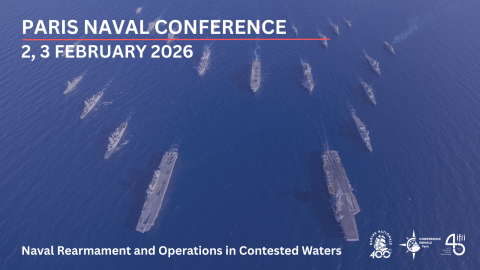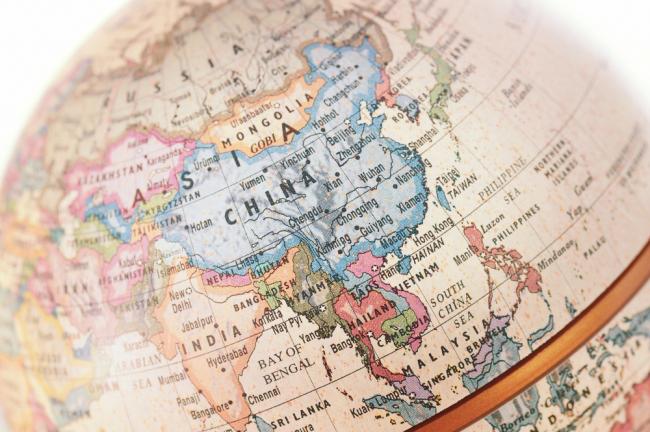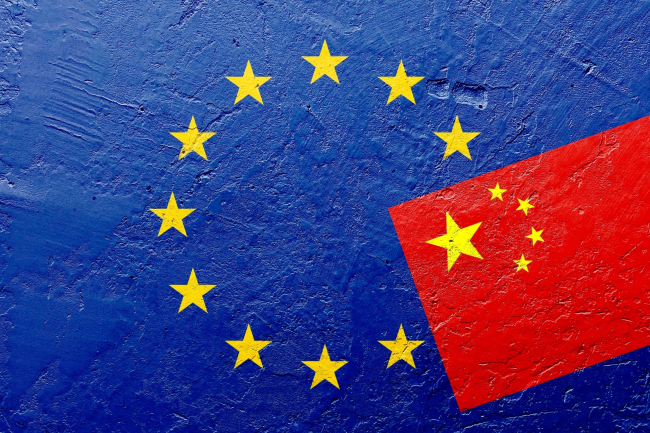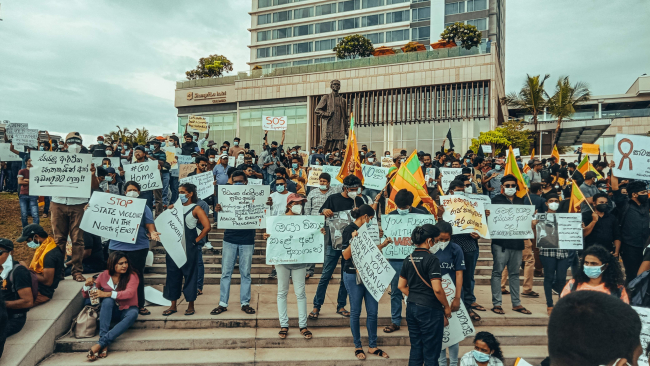What Would Suga’s Indo-Pacific Strategy Look Like?
With the resignation of Prime Minister Abe, the future of Japan’s Free and Open Indo-Pacific strategy has been called into question. Abe was indeed one of the key architects of this vision and he devoted enormous energy to flesh it out.

For sure, his successor, Suga Yoshihide, will have his hands full with domestic issues, from tackling the COVID-related economic crisis to implementing daunting structural reforms. Moreover, as Suga is lacking diplomatic experience, a risk was to see Japan becoming less committed on the international stage.
However, for many reasons, the Indo-Pacific strategy (or vision) is very much likely to endure. Prime Minister Suga has already promised continuity and his first instructions to the Foreign Minister Motegi were to strengthen the Japan-US alliance and steadily implement the 'Free and Open Indo-Pacific Strategy' (FOIP). A number of coordinated moves confirmed that Suga’s administration will pursue the expanding strategic cooperation with like-minded partners in the region. At the start of October, the Foreign Minister Motegi visited Europe, emphasizing cooperation in the Indo-Pacific with key partners such as France and Germany. Japan will also host a ministerial Quadrilateral meeting on October 6 with the US, India and Australia, taking advantage of the Secretary of State Pompeo’s visit to Tokyo. Finally, it was announced that Suga’s first overseas travel later that month will bring him to Vietnam and Indonesia, in a move to demonstrate ASEAN’s centrality in Japan’s Indo-Pacific vision.
Since Prime Minister Abe unveiled FOIP in 2016, it has indeed become a key feature of Japan’s foreign policy. More importantly, FOIP has deeper ramifications, as an updated, maritime version of the 2007 Arc of Freedom and Prosperity launched under the first Abe mandate. Even if the rhetoric of the Arc soon disappeared from the political discourse, the underlying idea to team up with like-minded Asian partners to uphold liberal order and balance China continued to serve as a bedrock of Japan’s foreign policy, even under the alternance of the Democratic Party of Japan (2009-2012). As Tomohiko Satake also points out, FOIP not only serves to counterbalance China by offering an alternative to the Belt and Road Initiative, but it also provides visibility and coherence to development cooperation projects Japan has been conducted in the region for a long time. The Indo-Pacific vision is also an attractive strategic narrative that was endorsed – with some variations – by a number of key partners, beginning with the US, but also India, Australia, ASEAN, France and even Germany. This highlights a great diplomatic success for Japan, a country that is traditionally not seen as a proactive leader on the international scene. This also means that Tokyo should live up to the expectations he created as a supporter of regional stability. As the Indo-Pacific narrative is gaining momentum around the world, it is unlikely that Japan retreat from it. Finally, routine cooperation and consultation with main partners have been institutionalized through the Quadrilateral Dialogue (Quad), which makes the continuation of the Indo-Pacific policy easier.
If Suga is thus likely to pursue this approach, he might also be willing to put his own stamp on it. Indeed, a strategy that matured for more than 10 years, Japan’s Indo-Pacific approach is polymorphic, multilayered and evolutive.
Please read the full article on ISPI webpage.
Related centers and programs
Discover our other research centers and programsFind out more
Discover all our analyses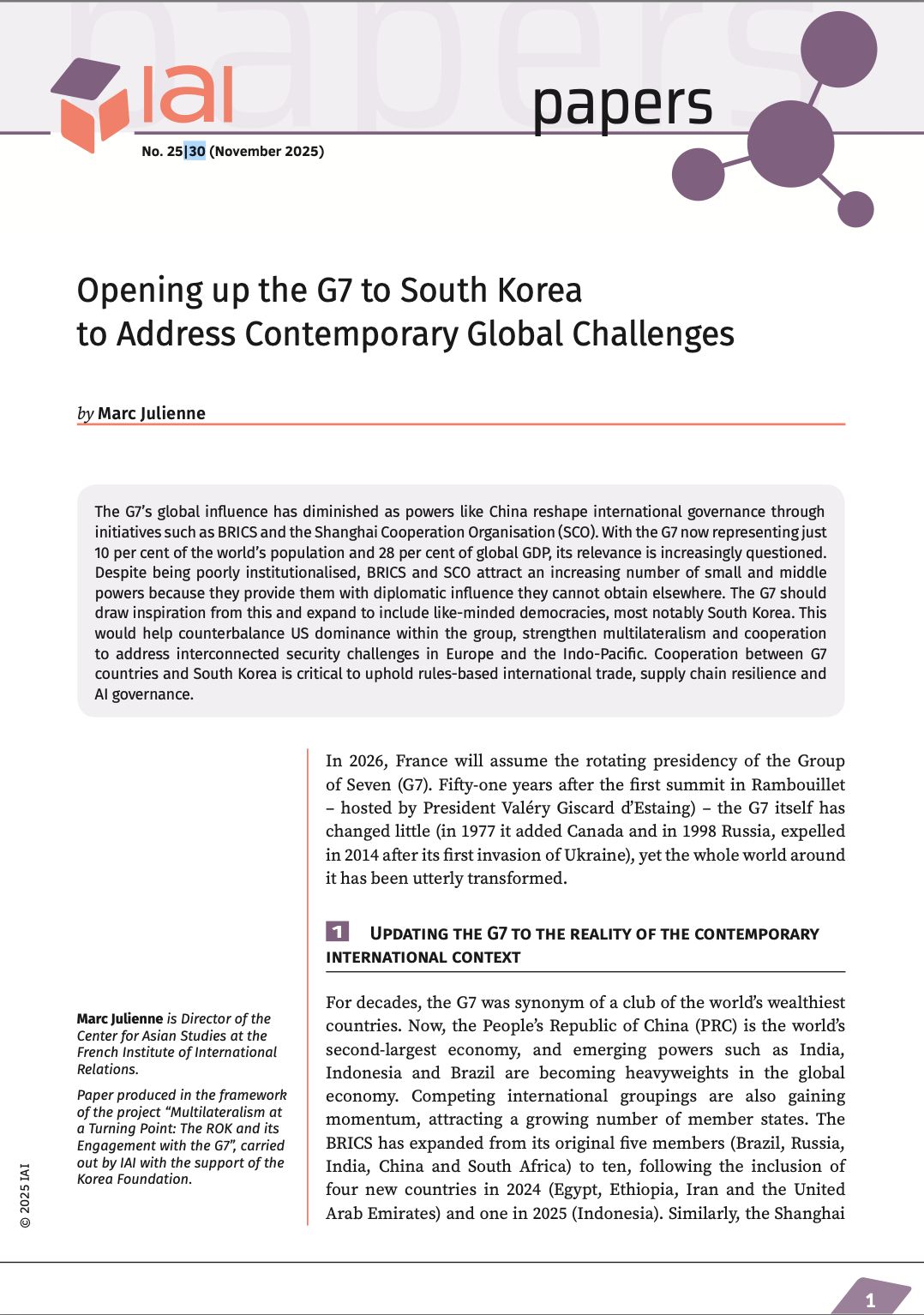
Opening up the G7 to South Korea to Address Contemporary Global Challenges
The G7’s global influence has diminished as powers like China reshape international governance through initiatives such as BRICS and the Shanghai Cooperation Organisation (SCO). With the G7 now representing just 10 per cent of the world’s population and 28 per cent of global GDP, its relevance is increasingly questioned.
Expanding SPDMM as a pivotal institution in the Pacific – A French perspective
The South Pacific Defence Ministers’ Meeting (SPDMM) is the only forum that brings together defense ministers from the wider South Pacific — including Chile, which is hosting it for the first time. This heterogeneous group of countries with varying resources, capacities, and interests — Australia, Chile, Fiji, France, New Zealand, Papua New Guinea (PNG), and Tonga — are united by their shared determination to strengthen cooperation on maritime security and humanitarian assistance and disaster relief (HADR) activities.
EU’s Derisking From China: A Daunting Task
With economic security as a major concern, the EU has recently turned to “derisking” from China. The EU strategy entails reducing critical dependencies and vulnerabilities, including in EU supply chains, and diversifying where necessary, while recognizing the importance and need to maintain open channels of communication.
Sri Lanka’s NPP Government. From System Change to Structural Compliance
In September 2024, a relative outsider to Sri Lanka’s two-party-dominated political system, Anura Kumara Dissanayake, won the presidential elections. The anti-establishment, populist movement he represented, the National People’s Power (NPP), went on to receive an overwhelming mandate in the November 2024 general elections, winning 159 seats in a 225-member parliament.





